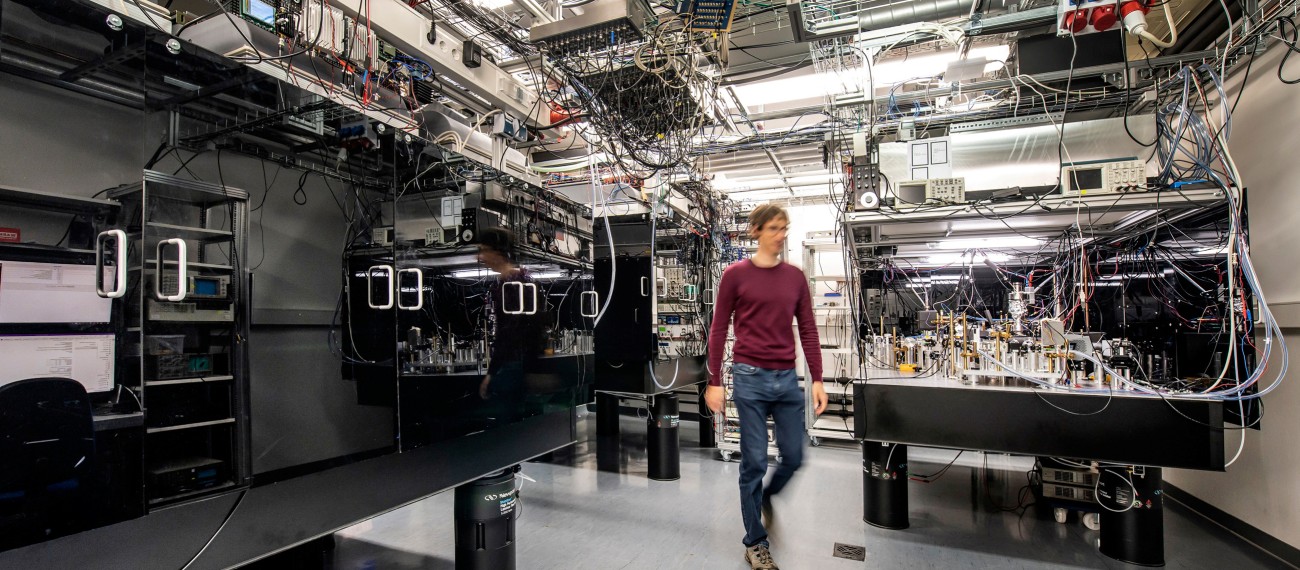
TUinfra - Scientific infrastructure at TU Darmstadt
TUinfra - Scientific infrastructure at TU Darmstadt
The outstanding research and teaching at TU Darmstadt are achieved on the basis of a corresponding research and information infrastructure. And this infrastructure is being strategically developed in this era of digital transformation.





